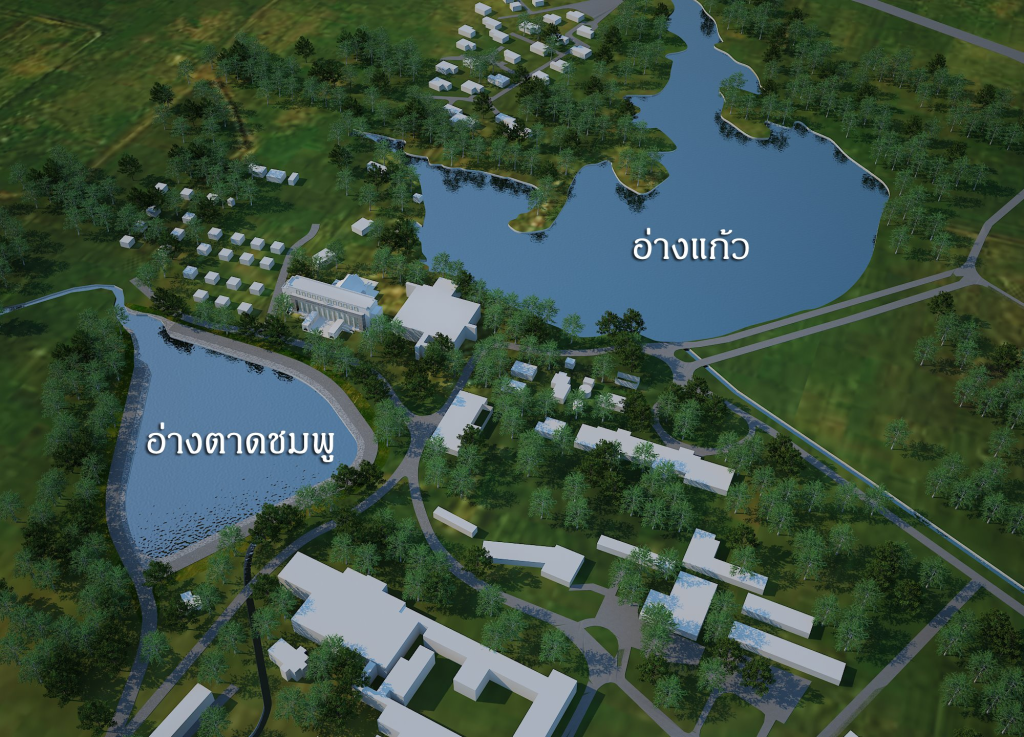Creating a database and analyzing trends in the carbon situation of Chiang Mai University (carbon landscape, cmu)

1. Principles and reasons (in summary):
Nakornping Energy Research and Development Institute Chiang Mai University which has experience in operating renewable energy energy conservation Research on technology and management methods for reducing greenhouse gases has been around for a long time. Received budget approval from Chiang Mai University. “Project to create a database and analyze trends in the carbon situation of Chiang Mai University (Carbon Landscape, CMU)” with the objective of supporting the university’s drive towards carbon neutrality to achieve its goals quickly. It has the characteristics of conducting a survey and creating a database in the form of Carbon Landscape to create a web data based platform that can analyze greenhouse gas emissions data. as well as encouraging agencies under Chiang Mai University to prepare their own greenhouse gas accounting. This will help the university know the amount of greenhouse gas emissions of each campus or each faculty/unit. and can apply for certification as a Carbon Neutrality University, including creating opportunities to exchange or trade carbon credits between organizations or within the country in the future.
2. Objective :
2.1) To survey the sources of greenhouse gas emissions of Chiang Mai University faculties/units.
2.2) To survey green areas and forests to assess the absorption of greenhouse gases.
2.3) To develop a carbon footprint monitoring system platform (Web data based) and analyze trends (scenarios) in the carbon field of Chiang Mai University.
2.4) To support departments or faculties in Chiang Mai University to have guidelines for preparing greenhouse gas reduction plans that are consistent with their context based on the use of the organization’s carbon footprint data.
3. กลุ่มเป้าหมาย :
To drive the strategic goal of becoming carbon neutral at Chiang Mai University (Carbon Neutral University) 70% in 2027 and 100% in 2032 according to the Chiang Mai University Educational Development Plan, Phase 13 (2023 – 2027).
4. Target area:
All Chiang Mai University study areas include Suan Sak, Suan Dok, Mae Hia, Hariphunchai, and Samut Sakhon.
5. Operation steps:
Year 1
Activity 1: Establishment of a team to survey the area and hold a meeting to plan data collection.
Activity 2: Surveying the area and collecting data

Activity 3: Creating a tracking system platform in the form of Web Based data.

Activity 4: Organizing a seminar to disseminate project operations.
6. Processing period: 1 year
7. Output and indicators (OUTPUT) :
Percent Carbon Neutral University that can be reduced
8. Results (OUTCOME) :
Number of complete research reports



